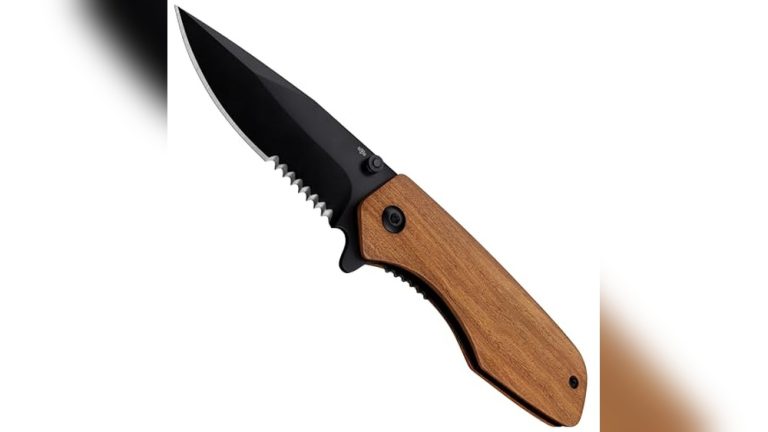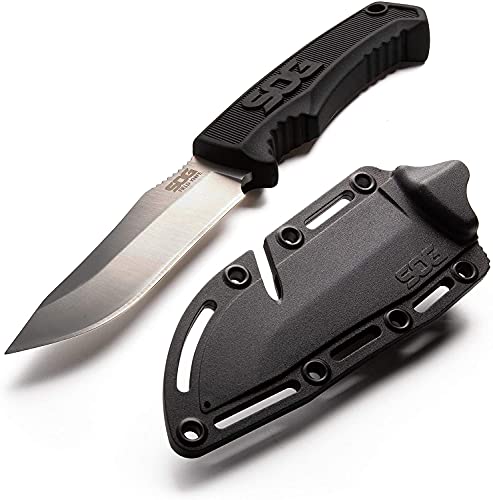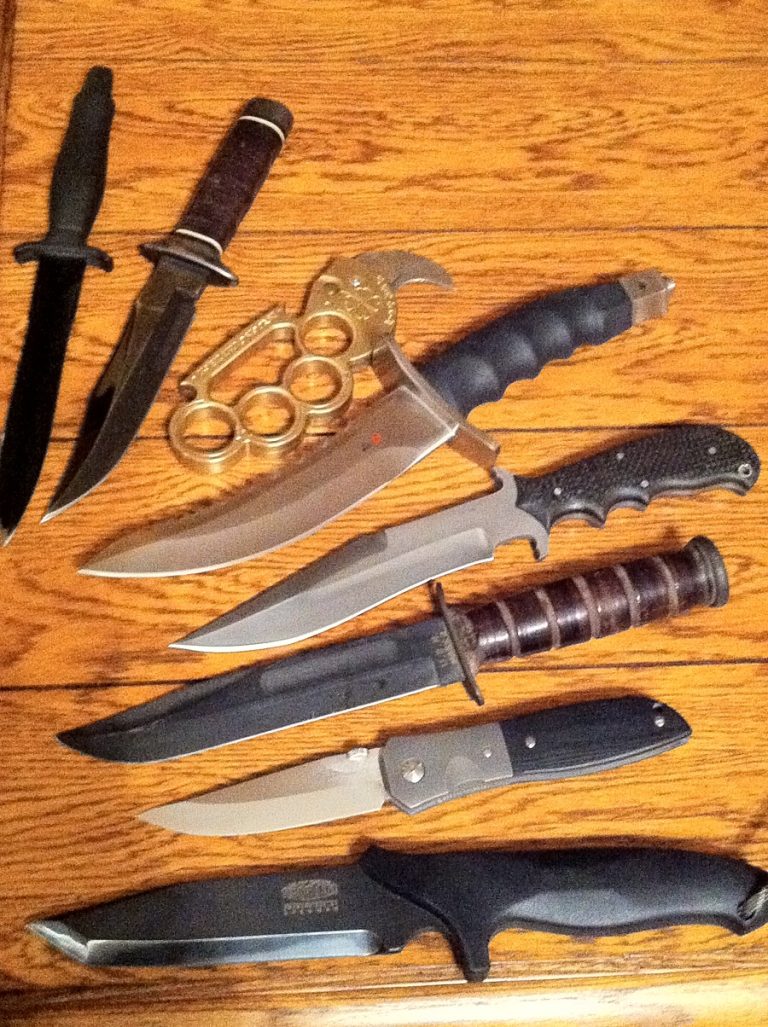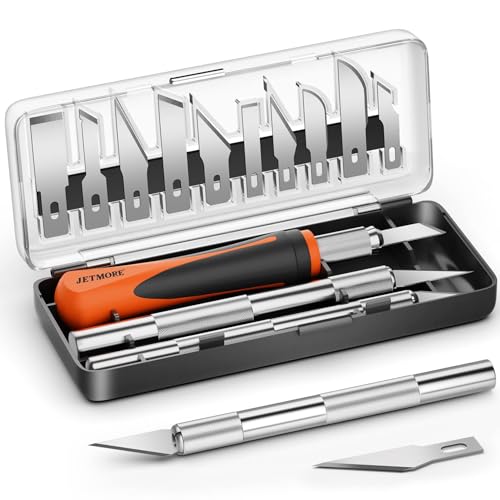Carpet Knife Vs Utility Knife: The Ultimate Comparison Guide
Both carpet knives and utility knives are essential tools. They may seem similar but serve different purposes.
Choosing the right tool can make your project easier and more efficient. Carpet knives are specifically designed for cutting through carpets and other thick materials. They have a unique blade shape that makes them ideal for this task. On the other hand, utility knives are versatile and can be used for a range of cutting tasks, from opening boxes to cutting through drywall.
Understanding the differences between these two types of knives can help you decide which one to use for your specific needs. This comparison will guide you through their features, uses, and benefits, ensuring you make an informed choice for your next project.
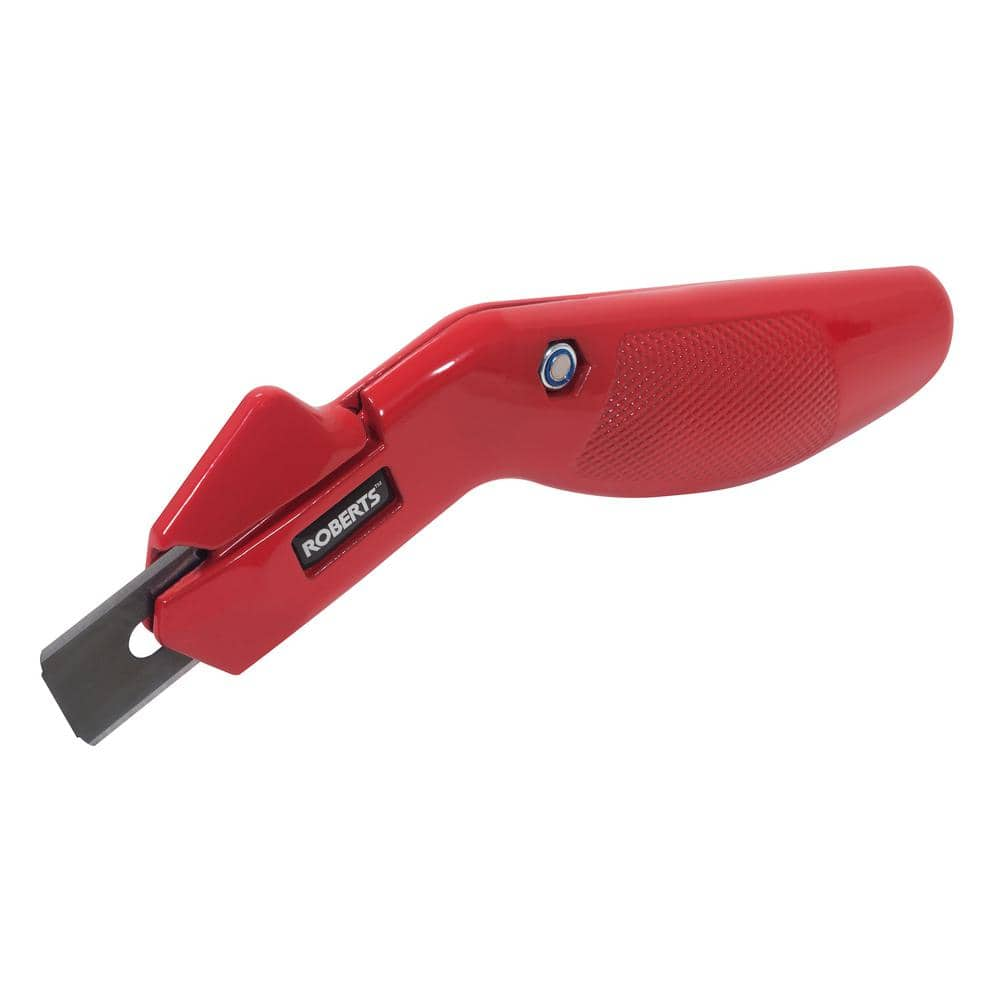
Credit: www.homedepot.com
Carpet Knife Features
Carpet knives are specialized tools designed for precise cutting of carpets. They have unique features that make them ideal for this task. Let’s explore these features in detail.
Design And Structure
The design of a carpet knife is tailored for comfort and precision. It typically has a slim handle that fits well in the hand. This reduces fatigue during extended use. The blade is retractable, ensuring safety when not in use. The handle often includes a rubber grip for better control.
| Feature | Description |
|---|---|
| Slim Handle | Comfortable grip, reduces fatigue |
| Retractable Blade | Ensures safety |
| Rubber Grip | Better control |
Common Uses
Carpet knives are used for cutting various materials. Their primary use is for cutting carpets and rugs. They are also useful for cutting vinyl flooring and linoleum. These knives can even handle thin cardboard and plastic sheets.
- Cutting carpets and rugs
- Cutting vinyl flooring
- Cutting linoleum
- Handling thin cardboard
- Cutting plastic sheets
Blade Types
Carpet knives come with different types of blades. The most common type is the hook blade. This blade is ideal for cutting through thick carpet without damaging the surface underneath. Another type is the straight blade, which is better for precision cuts.
| Blade Type | Usage |
|---|---|
| Hook Blade | Thick carpets |
| Straight Blade | Precision cuts |
Some carpet knives have interchangeable blades, allowing users to switch between different blade types as needed.
Utility Knife Features
Utility knives are versatile tools used in various tasks. They are designed with user-friendly features. Here, we will explore the key aspects of utility knives. This includes their design, common uses, and blade types. Let’s dive in!
Design And Structure
Utility knives have a compact, ergonomic design. Their handles are often made of durable plastic or metal. This ensures a comfortable grip during use. Many utility knives feature a retractable blade. This adds safety and convenience. Some models also include a lock mechanism. This prevents the blade from slipping during use.
Common Uses
Utility knives are incredibly versatile. They are used for cutting cardboard, plastic, and other materials. In crafting, they help with precise cuts. In the kitchen, they can be used for light food prep. Construction workers use them for cutting drywall and insulation. They are also handy for DIY projects at home.
Blade Types
Utility knives come with various blade types. The most common is the straight-edge blade. It is ideal for general cutting tasks. Serrated blades are perfect for tougher materials. They provide extra grip and cutting power. Hook blades are useful for cutting carpets and linoleum. Each blade type serves a specific purpose. This makes the utility knife a must-have tool in your kit.
Material And Build Quality
Choosing between a carpet knife and a utility knife often depends on their material and build quality. These factors play a crucial role in their performance and durability. Let’s dive into the details of the handle materials, blade materials, and overall durability of these tools.
Handle Materials
Carpet knives typically have handles made from plastic or rubber. These materials offer a comfortable grip. Utility knives, on the other hand, often feature metal or composite handles. This makes them more durable for heavy-duty tasks.
Blade Materials
Carpet knives usually have blades made of high-carbon steel. This type of steel holds its edge longer. Utility knives also use high-carbon steel. Some even use stainless steel for added rust resistance. Blade sharpness and longevity are crucial for both tools.
Durability
Carpet knives are designed for cutting carpets and similar materials. Their build quality is optimized for this task. Utility knives are more versatile. They are built to handle a variety of materials. Their construction often includes features to withstand heavy use.

Credit: www.harborfreight.com
Safety Considerations
When choosing between a carpet knife and a utility knife, safety is a critical factor. Both tools are sharp and can cause injury if not used properly. Understanding the safety mechanisms, handling tips, and common injuries can help you use these tools safely.
Safety Mechanisms
Both carpet knives and utility knives come with built-in safety features. Carpet knives often have a retractable blade, which you can slide back into the handle when not in use. This reduces the risk of accidental cuts.
Utility knives also have retractable blades. Some models even have a locking mechanism to keep the blade in place during use. This prevents the blade from slipping, which can lead to injuries.
| Feature | Carpet Knife | Utility Knife |
|---|---|---|
| Retractable Blade | Yes | Yes |
| Blade Lock | No | Yes |
Handling Tips
Proper handling of these knives can prevent many accidents. Always cut away from your body to avoid injuries. Hold the knife firmly and keep your other hand out of the blade’s path.
Use a cutting mat to protect surfaces and prevent slipping. When changing blades, use gloves and follow the manufacturer’s instructions. Dispose of used blades safely in a designated container.
- Cut away from your body.
- Use a cutting mat.
- Wear gloves when changing blades.
- Dispose of blades safely.
Common Injuries
Despite safety measures, injuries can still happen. Common injuries include cuts and lacerations. These occur when the blade slips or when you accidentally touch the sharp edge.
More severe injuries can involve deep cuts that may require stitches. Always have a first aid kit nearby when using these tools. If you get injured, clean the wound and apply pressure to stop the bleeding.
- Cuts and lacerations
- Deep cuts requiring stitches
Using carpet knives and utility knives safely involves understanding their safety mechanisms, following handling tips, and being aware of common injuries. With these precautions, you can minimize the risks and work safely.
Performance Comparison
In this section, we will compare the performance of a Carpet Knife and a Utility Knife. This comparison will help you decide which tool is best for your specific needs. We’ll focus on three key areas: Cutting Efficiency, Precision and Control, and Versatility.
Cutting Efficiency
A Carpet Knife is designed to cut through thick carpets with ease. Its blade is sharp and angled, making it perfect for tough materials. On the other hand, a Utility Knife has a straight, general-purpose blade. It can cut through various materials, but it might struggle with thicker carpets.
Here is a simple comparison table:
| Tool | Material Efficiency |
|---|---|
| Carpet Knife | High for carpets, low for other materials |
| Utility Knife | Moderate for all materials |
Precision And Control
A Carpet Knife offers great precision. The blade is short and fixed, allowing for controlled cuts. This is crucial for detailed work on carpets. Conversely, a Utility Knife has a retractable blade. This feature can reduce precision but adds safety.
Consider these points:
- Carpet Knife: Fixed blade, high control
- Utility Knife: Retractable blade, moderate control
Versatility
The Utility Knife shines in versatility. It can cut through paper, plastic, cardboard, and more. Its adjustable blade length makes it suitable for various tasks. Conversely, a Carpet Knife is specialized. It excels at cutting carpets but lacks versatility in other tasks.
Here is a quick overview:
- Utility Knife: Multi-purpose, adjustable blade
- Carpet Knife: Carpet-specific, fixed blade
In summary, each tool has its strengths. Choose based on the specific tasks you need to accomplish.
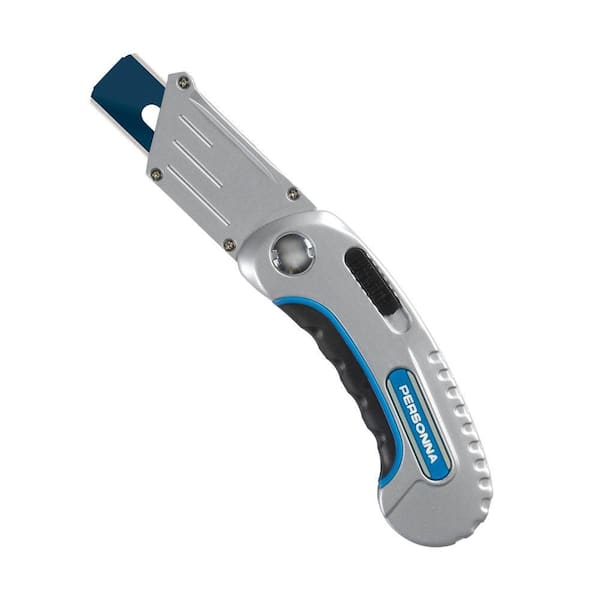
Credit: www.homedepot.com
Maintenance And Care
Maintaining and caring for your carpet knife and utility knife ensures they last longer. Proper maintenance also keeps them safe and effective. This section provides practical tips for cleaning, blade replacement, and storage.
Cleaning Tips
Regular cleaning of your knives prevents dirt buildup. Wipe the blades with a damp cloth. Make sure the cloth is not too wet. For stubborn grime, use mild soap and water. Dry the blades thoroughly to prevent rust.
Blade Replacement
Sharp blades are crucial for efficient cutting. Check the blades regularly for nicks or dullness. Replace dull blades immediately. Most knives have a simple mechanism for blade replacement. Follow the manufacturer’s instructions for safe blade changes.
Storage Advice
Proper storage extends the life of your knives. Store them in a dry place to avoid rust. Use blade covers or sheaths to protect the edges. Keep them out of reach of children. A dedicated knife holder or toolbox is ideal for safe storage.
Cost And Value
When choosing between a carpet knife and a utility knife, understanding the cost and value can guide your decision. Each type of knife offers distinct features that affect price and long-term investment. Let’s explore these aspects in detail.
Price Range
Carpet knives generally have a lower price range. They are designed specifically for cutting carpets, which simplifies their construction.
Utility knives come in a wider price range. They offer versatility for various tasks, which can increase their cost.
| Type of Knife | Price Range |
|---|---|
| Carpet Knife | $5 – $15 |
| Utility Knife | $10 – $50 |
Value For Money
Carpet knives provide great value for money in carpet cutting. They are cost-effective and specialized.
Utility knives offer more versatility. They are useful for various tasks beyond carpet cutting, providing better overall value for different needs.
- Carpet knives: Best for carpet-specific tasks
- Utility knives: Versatile and multi-functional
Long-term Investment
Carpet knives have a shorter lifespan if used for tasks other than cutting carpets. They are a good short-term investment for carpet-related projects.
Utility knives are a better long-term investment. Their durability and versatility make them useful for many projects over time.
- Carpet knives: Short-term investment for specific tasks
- Utility knives: Long-term investment for various tasks
Frequently Asked Questions
What Is A Carpet Knife Used For?
A carpet knife is used for cutting and trimming carpets. It has a specialized blade designed to cut through tough carpet fibers effectively.
What Is A Utility Knife?
A utility knife is a versatile cutting tool. It is used for various tasks like cutting cardboard, plastic, and other materials.
Can A Utility Knife Cut Carpet?
Yes, a utility knife can cut carpet. However, it may not be as efficient as a carpet knife for this specific task.
Which Is Safer: Carpet Knife Or Utility Knife?
Both knives can be safe if used properly. However, carpet knives often have safety features like retractable blades.
Conclusion
Choosing between a carpet knife and a utility knife depends on your needs. Carpet knives excel in cutting thick carpets. Utility knives offer versatility for various tasks. Both tools have their unique strengths. Consider the specific job before deciding. The right tool makes any project easier.
Always prioritize safety when using either knife. Happy cutting!

